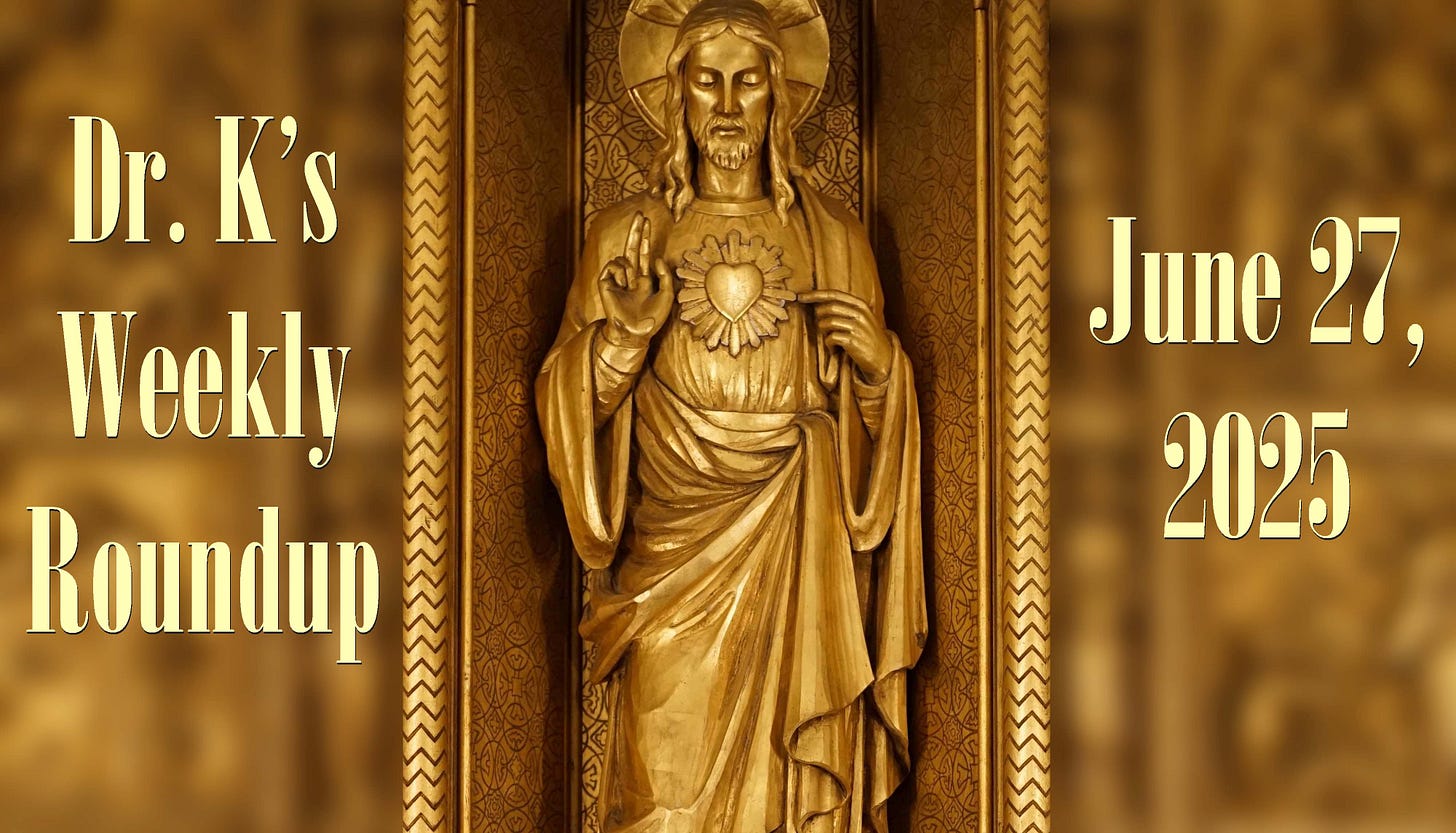Dr. K’s Weekly Roundup, June 27, 2025
Good News, Detroit depredations, attack tracker, Chartres and the French predicament, Zen fortitude, political musings, Morello vindicated, and more
I wish you all a very blessed feast of the Most Sacred Heart of Jesus.
Today’s roundup covers the past two weeks, so let’s dive in.
Good News
Growth in TLM attendance
New data indicates a larger percentage of practicing American Catholics are connected to the TLM than previously believed.
Festival of St. Louis
The full schedule for the Sixth Annual Festival o…
Keep reading with a 7-day free trial
Subscribe to Tradition and Sanity to keep reading this post and get 7 days of free access to the full post archives.



